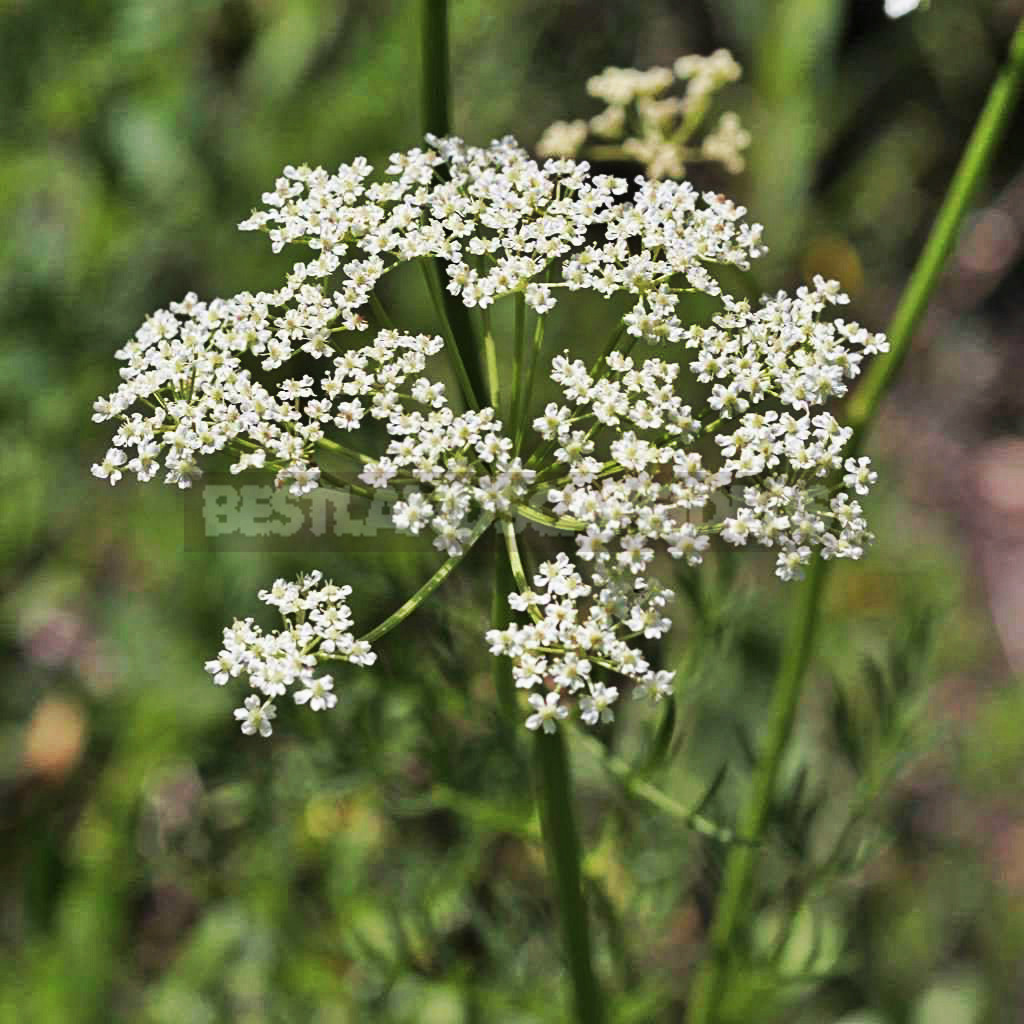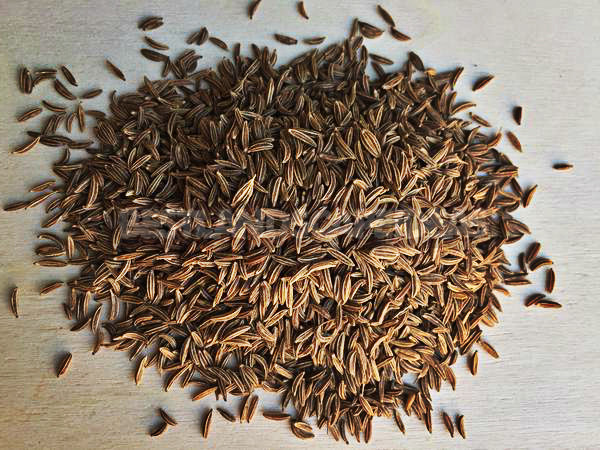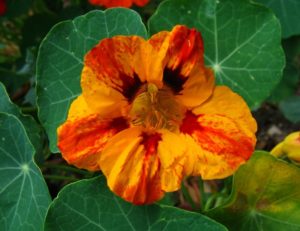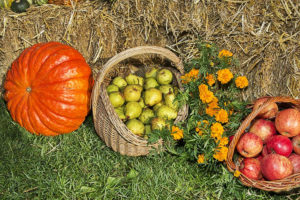
Carum carvi is a biennial, rarely perennial, herbaceous plant with a straight hollow stem, 25-70 cm (9.8-27.5 in) tall. In the first year of life, it forms a rosette of leaves. The leaves are openwork, strongly dissected, the flowers are small, white or pinkish in complex umbels; they bloom in June-August in the second year of life. Fruits-in the vineyards; ripen in July-August.

Carum carvi stands out for its delicate leaves. When growing on greenery, it can be used for edging beds, flower beds; for decoration of works with 2-3-fold pruning per season. Since the main raw material is seeds, it is better to have a colorful lawn, a spicy garden, where pastel colors will be maintained during the flowering period. The distance between the rows is 30 cm (11.8 in), the sowing depth is 2-2.5 cm/0.8-1 in (loamy), 3.5 cm/1.4 in (sandy loam). It is unpretentious, grows well on any, but prefers fertile, black earth, sandy loam or light loam soils. Swampy, acidic with a high level of groundwater is unsuitable for use. Best predecessors: perennial herbs.

It is a wild and cultivated spicy, medicinal, honey, very ornamental plant. Young tender leaves with a spicy aroma (salads, soups, sauces), seeds are used for food. To date, cumin has retained its reputation as a spice for baking. At the same time, it is added to vegetable and fatty meat dishes. For the purpose of treatment, herbs and fruits are used: it has a choleretic, laxative, sedative effect, improves digestion, increases peristalsis; it is used for headaches, coughs, bronchitis, pneumonia; increases lactation in nursing mothers; it is used externally for various skin rashes.




Leave a Reply